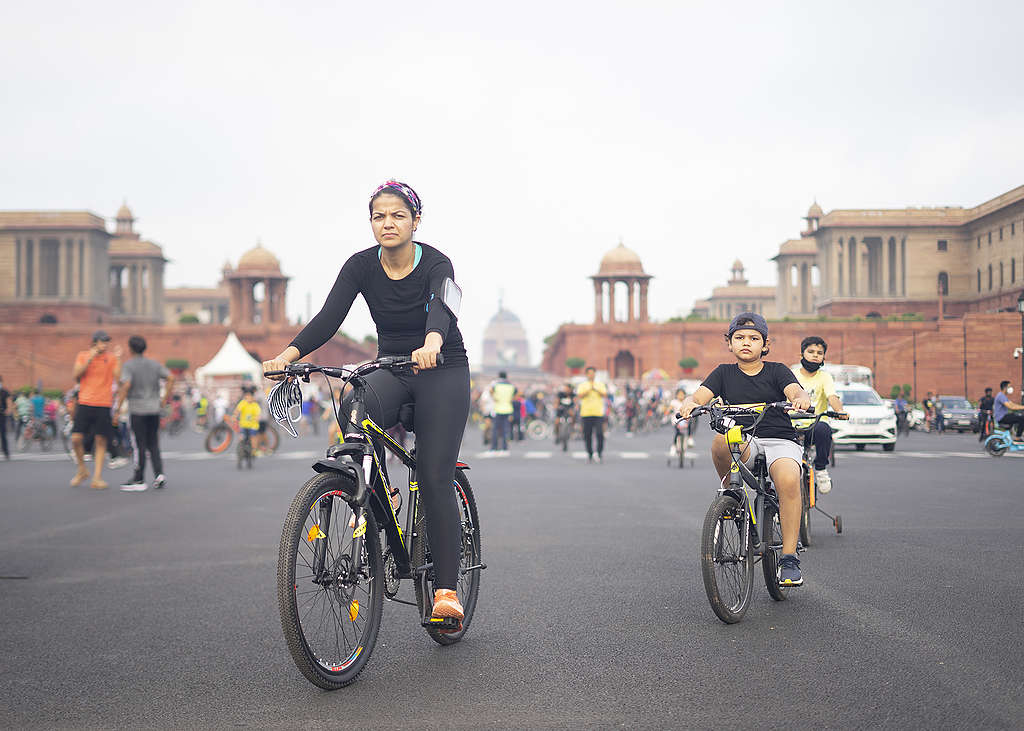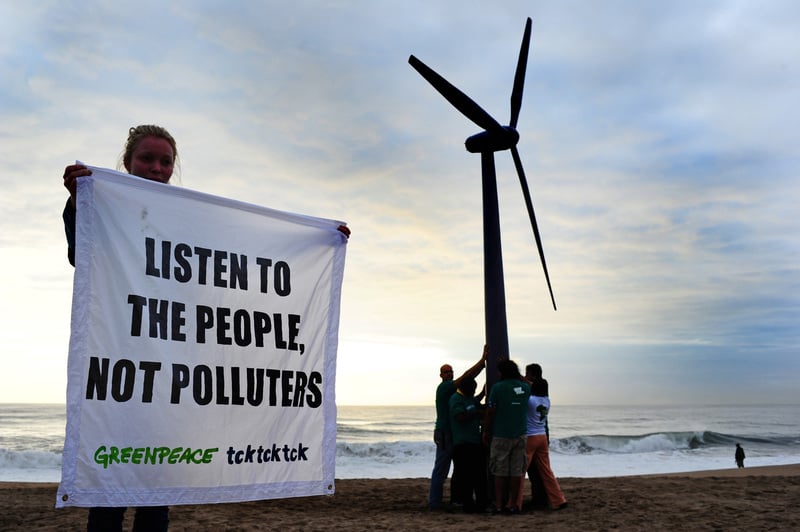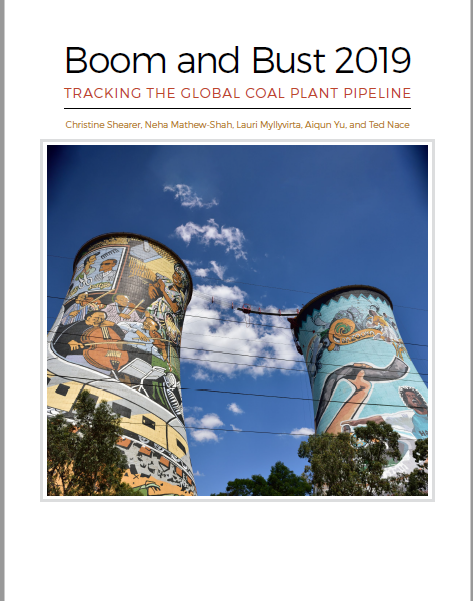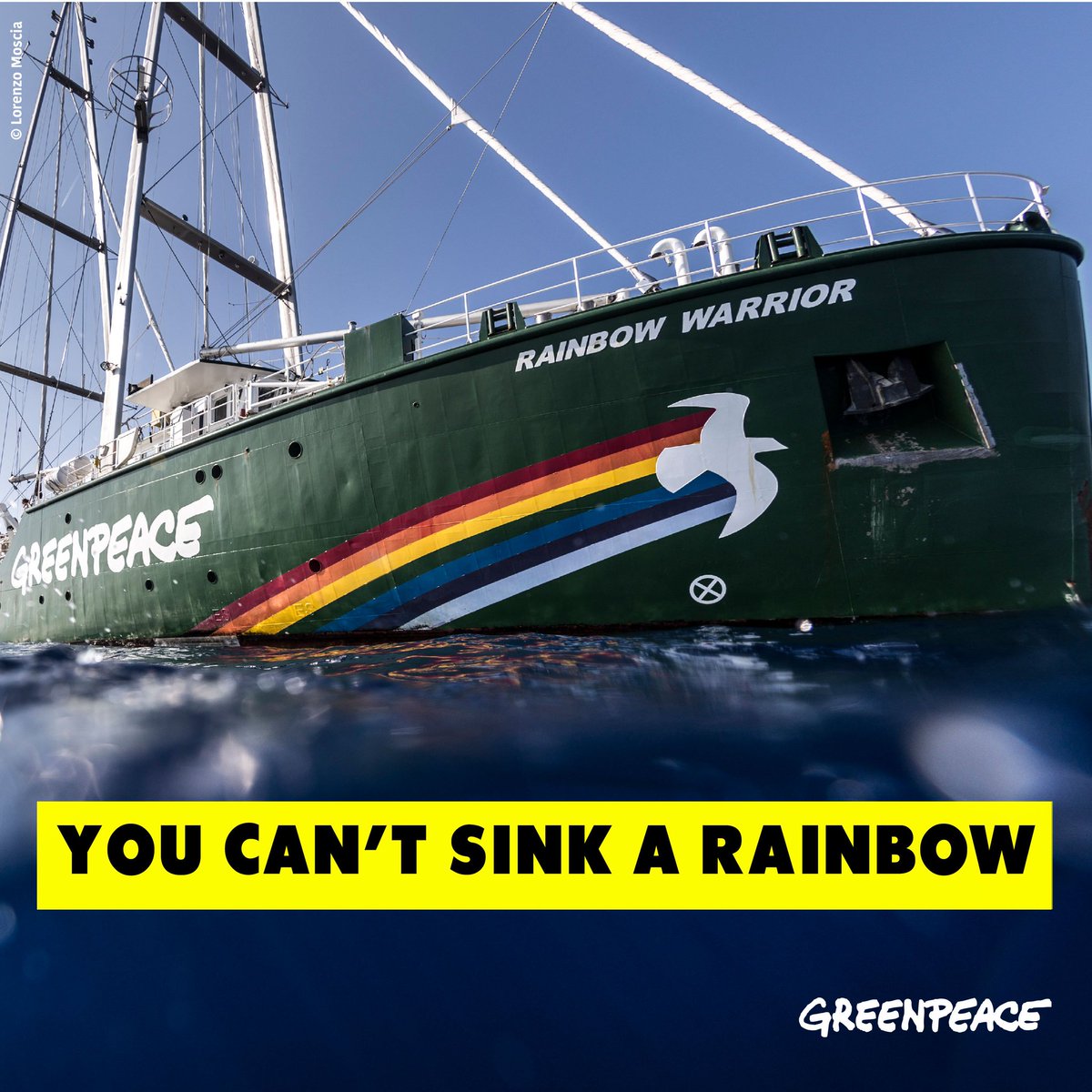My name is Arpana Udupa, Climate and Energy Campaigner, Greenpeace India. I’m on board the Rainbow Warrior, travelling up the Queensland coast.
While the green ocean, blue sky dotted with puffs of white and bottle green landscape of the coast is breath-taking, the coal ships in the distance and the prospect of Great Barrier Reef being destroyed by coal and coastal development is breaking my heart.
It is a pattern of development I’m very familiar with and one that is being played out in India on a much larger scale. We are also seeing large scale mining in central India – home to rich forests, wildlife such as tigers, elephants, leopards and Indigenous tribes. As you can see in the graphic below, all of these inhabitants of the forests have been displaced for these power projects:
Ironically, the regions that endure the bulk of coal mining and coal-fired power stations in India are the same areas that experience the most amount of energy poverty.
The ‘Coal Curse’
Greenpeace India recently supported the movie “Coal Curse” by an eminent journalist Paranjoy Guha Thakurta in Delhi. The movie highlighted the crony capitalism involved in the coal industry and the consequences of coal mining in the Singrauli region of Central India. Singrauli region has 14 coal mines (capacity of 83 million tonnes per annum) and 10 coal-fired power plants (12,700 MW)
Coal pollution causes over 100,000 deaths a year in India. Right now there is a man-made drought in Maharashtra State caused by irrigation water being diverted for industries – 65% of which are thermal power plants. Aid agencies are warning the drought could cause famine with all the deaths that scourge brings with it. As an Indian I know what this industry can do and I know what could be in the offering for Australia.
Addicted to coal?
The Indian Government justifies all of this in the name of development and ending energy poverty, nationally and internationally. But the truth of the matter is that coal has not provided answers for India’s need for sustained and inclusive development. It has not provided the solution to energy shortages nor energy access for 25% of its population even after 65 years of independence.
What we see is an irrational addiction to coal, driven by government-industry nexus, as was evident in the 200 billion US dollars scam in 2012. In this case the Indian government allocated 206 coal blocks at throw-away prices to 25 of India’s largest industrial conglomerates for mining between 1993 and 2011.
To make matters worse, coal is not cheap and is not becoming cheaper. Adani Power petitioned India’s regulation setting agency Central Regulatory Electricity Commission (CERC) seeking a tariff increase on imported coal and the CERC has set up a committee to work out the exact quantum of the compensation. This means that consumers will pay more for electricity and COAL is not becoming cheaper for Indians. For more information on Adani, please refer to this fact sheet (PDF, 25 kb)
While India needs energy, lots of it actually, what we are really saying is that India has got itself locked into a mindless expansion of coal, without having appropriate policies to fix the problems that plague its electricity sector or really accounting the consequences of such a move on India’s environment and its people. What is needed is a holistic assessment of our energy situation, with an equivalent focus on renewable energy, which can really help us electrify our rural areas and reduce energy shortages in urban areas.
Renewables offer huge potential
The country has a potential of 400,000 MW of wind (onshore) and gets 300 sunny days on an average. Wind power has matured in India and costs almost the same as coal in per unit cost. Likewise solar power is almost at parity to coal power in Delhi, which is a state as well as the capital.
The most heartening stories of rural electrification are becoming a reality through decentralised renewable energy, where small scale solar and wind, micro-hydro and biomass based electrification through micro-grids is fostering a mini energy revolution.
Therefore, what we need is a serious introspection in both Australia and India, about what is the kind of development the two countries would like to take, when the prospect of climate change looms over us. More so for India where 72% of its 1.2 billion population is poor and marginalised and extremely vulnerable to climate change. So for all our sakes, let’s keep the coal where it should be, let’s protect a precious world heritage like the Great Barrier Reef, and lets facilitate India to follow a low carbon economy growth, which is both inclusive and sustainable.





